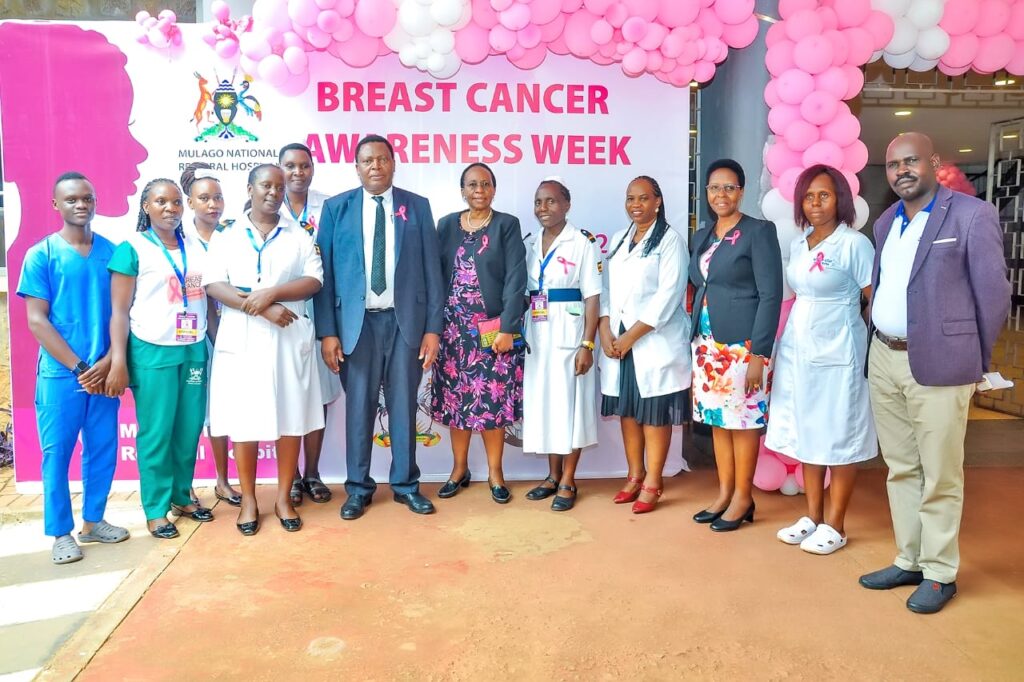Uganda Boosts Ministry of Health‑Budget
Kampala Uganda
The government of Uganda has announced a major increase in its health‑sector budget for the fiscal year 2025/26. The allocation for the health ministry has been raised to Shs 5.87 trillion, up from about Shs 2.95 trillion in the previous year—effectively almost doubling the share of the national budget devoted to health.
According to Finance Minister Matia Kasaija, the health‑budget now represents approximately 8.1 % of the total budget envelope of Shs 72.376 trillion.
The increase comes amid growing pressures on Uganda’s healthcare system: rising burdens from infectious diseases, an uptick in non‑communicable diseases (NCDs), shrinking donor support, and the push to meet national human‑capital and development goals (under NDP III/IV) and build readiness for the oil‑era economy.
Budget guidelines state that the funds will be channelled into:
recruiting and retaining health workers
upgrading hospitals and Health Centre IIIs
equipping intensive care units (ICUs), cancer‑care units, maternal‑health facilities
procuring essential drugs and supplies
strengthening district‑level service delivery.
However, public‑health analysts caution that increased allocation alone does not guarantee improved outcomes: “We need more than numbers — we need the systems to use them well,” commented a local analyst.

Why it matters
For Ugandans, this shift signals a stronger domestic commitment to health: less reliance on donor aid, greater self‑funding.
Doubling the health budget may boost access, quality and infrastructure of health services — crucial for maternal/newborn health, infectious disease control, NCDs.
With Uganda’s economic transformation (including oil production) looming, healthy human‑capital and infrastructure will be essential to capture the growth potential and avoid health‑system bottlenecks.
But the implementation risk remains: success depends on absorption capacity, good governance, supply‑chain integrity, and human‑resource deployment.
For regional audiences, the move stands out: many East African countries are still struggling with under‑funded health systems; Uganda’s leap may set a benchmark.
What Next
Follow‑up reporting: Which districts and facilities will get the upgrades first? How will staffing improve? Are there rural vs urban disparities?
Monitor procurement and supply flows — drugs, equipment, etc — to see whether the resources translate into service‑improvement.
Cover health‑outcome metrics: maternal mortality rate, NCD morbidity, hospital waiting times — to assess whether the spending translates into impact.





